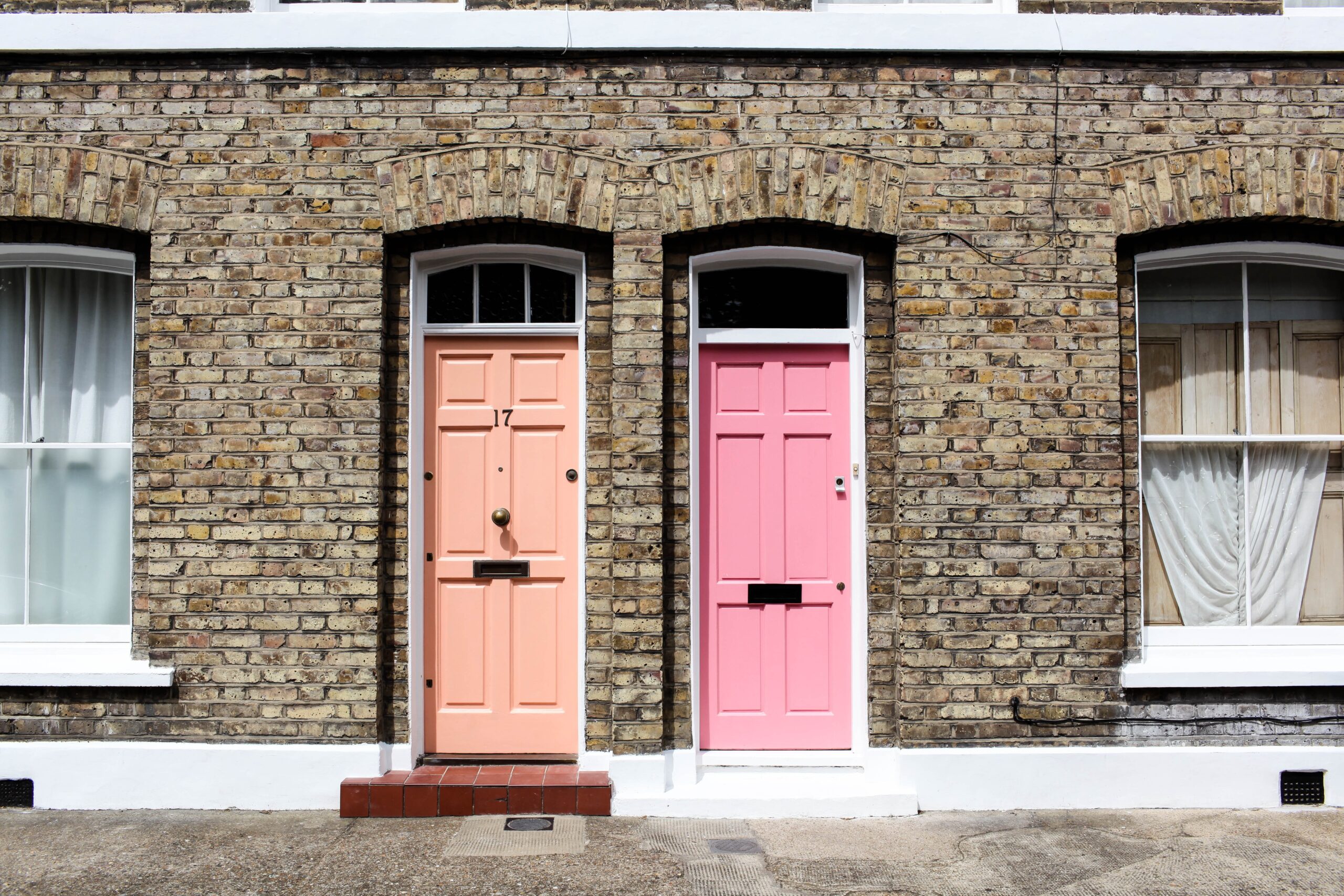If you are in the process of buying a property, you may have heard the words Declaration of Trust mentioned. However, if hearing those words has left you none the wiser, you could be wondering what’s involved.
A Declaration of Trust is a legal document which is normally created when people buy a property together. It outlines the legal arrangements for ownership, buying and selling the property and how any proceeds from the sale would be divided.
A Declaration of Trust is a way to officially note the interests and expectations of all parties involved in the purchase of a property and it is especially useful in instances where other types of legal protection are not available.
Circumstances where a Declaration of Trust is needed can include when two people who are in a relationship, but not married, are buying a property together. In this case, should their relationship end, the rights of a married couple will not apply (therefore other legal protection is necessary).
It could be that a parent or relative of the buyer is contributing financially to the purchase of the property and wants to retain an interest or share in its value. Or, in cases where a person is unable to go onto a mortgage (perhaps for financial reasons), and they are not named on the property’s legal title, they may wish to register an interest because they will be contributing towards the mortgage or upkeep.
Avoiding problems down the line
A Declaration of Trust, also known as a Trust Deed, will contain a clear agreement of how the sale proceeds of the property will be divided and it can be flexibly tailored to suit the needs and requirements of the buyers.
It can also address how much each person will pay towards the property, what would change should someone make a significant payment towards its upkeep, and what might happen when one person wishes to sell their share.
All parties with an interest in the property must be clear and in agreement about their expectations when creating a Declaration of Trust and be mindful that this is legally binding.
If payments made towards the property are unequal, for example, it can be outlined in a Declaration of Trust and therefore this will help to avoid any disagreements further down the line, when the property comes to be sold and division of funds is made. It can also remove the need to pay for an outcome to be decided in Court.
What to include in a Declaration of Trust
While a Declaration of Trust can be flexible and tailored to the specific needs of the people involved in the purchase of a property, it should always include the following, no matter what:
- Amount paid on the deposit for purchase
- Amount contributed by each party to price of purchase
- Amount to be contributed to mortgages and other property related costs
- Percentage of the property owned by each party and/or the percentage of sale proceeds they will receive
- Any circumstances where these percentages might change – for example if one person has made a large investment, such as purchasing a new kitchen
- How the property will be valued once a decision to sell has been made
- What happens if one person wants to sell their share and any notice period to be given
- Circumstances in which a sale would be acceptable
While a Declaration of Trust can be created when you are buying a property, it can also be set in place after a property has been purchased, for example, when circumstances have changed and a new partner is contributing towards the mortgage.
Conveyancing services you can trust
If you’re looking to buy or sell a property and want the reassurance that all legal requirements and processes will be followed correctly, then speak to the conveyancing experts at one of our offices in Bognor Regis and Steyning, West Sussex.
Get in touch with a member of the team today for more details.







